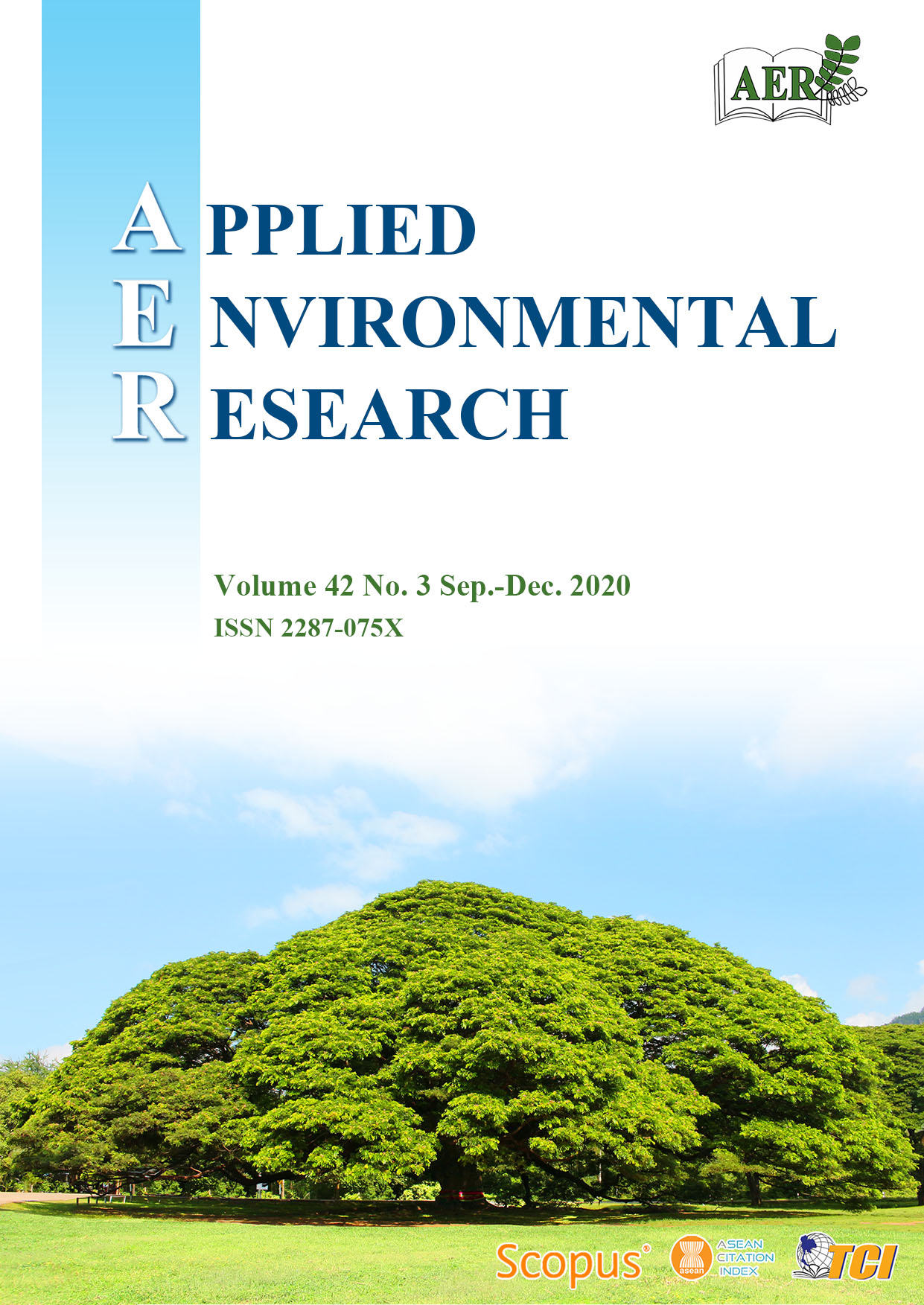Empirically Derived Equation from Simple Heat Index for Calculating Wet Bulb Globe Temperature: A Case Study of Thailand
Main Article Content
Abstract
The Wet Bulb Globe Temperature (WBGT) index is a standard for assessing environmental heat stress, but the requirement of expensive instrument with specialized maintenance is limited its use. This study aims to develop the empirical equation to estimate the WBGT from Heat Index (HI) calculated from portable temperature and humidity recorder (THR), based on the data collected at seven sites covering all regions of Thailand. Comparative analysis shows that the HI values calculated from THR (HITHR) are consistent well with those measured from the thermal environmental monitor (HIQT36) as evidenced by a highly positive correlation between them (r=0.97; p<0.01; n=4,303). These results suggest high reliability of the portable THR and its acceptance to be used instead of the standard QT36 device. Based on a simple linear regression developed to estimate WBGT from the HITHR, it was found that the model accounts for at least 90% of the variance of the observed WBGT (dependent variable). In addition, validation of the model with the statistical methods shows relatively small errors of the estimated WBGT values in comparison to the observed values. With this evidence, the developed empirical regression equation can be used to estimate WBGT with high accuracy and confidence. Simple and easier to use for the practitioners who are involved in public health works at community level, a heat monitoring tool kit consisting of a THR, WBGT chart and recommended actions were further developed based on the results obtained. This tool kit is a low-cost and simple device which can be used by various community-level stakeholders to prevent and reduce heat injuries and deaths of risk groups, especially the elderly. This tool is necessary in light of anthropogenic-induced warming and Thailand’s aging society.
Article Details

This work is licensed under a Creative Commons Attribution-NonCommercial 4.0 International License.
Published articles are under the copyright of the Applied Environmental Research effective when the article is accepted for publication thus granting Applied Environmental Research all rights for the work so that both parties may be protected from the consequences of unauthorized use. Partially or totally publication of an article elsewhere is possible only after the consent from the editors.

